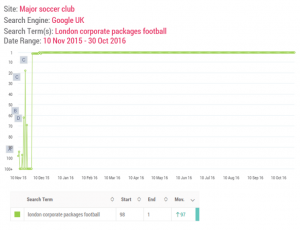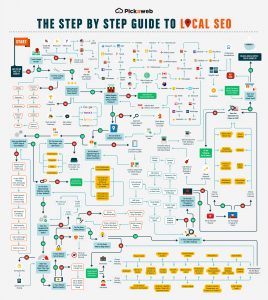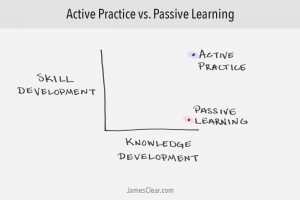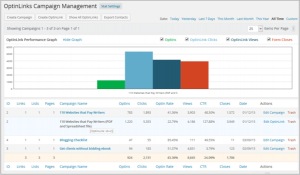
When surfing the web or logging into social media accounts, consumers are usually aware that their every move is being tracked and analyzed, as evidenced by the appearance of advertisements tailored to their exact preferences. The thought of these tactics being used in the physical retail landscape, however, can feel illegal at worst and creepy at best.
But despite the omnipresence of e-commerce, the vast majority of consumer purchases still take place in brick-and-mortar stores. According to data from the US Census Bureau, in 2013, online retail sales totaled $ 263 billion, which accounted for 6% of total retail sales, while in-store sales totaled $ 4.3 trillion, which accounted for 94% of total retail sales. To keep up with their more data-savvy counterparts, business owners and managers who operate in the physical retail space need to take advantage of mobile data collection software. Such technology, when used effectively and transparently, can actually improve the consumer experience while still boosting sales.
Retail Data Collection in the Field
From the perspective of a business who wants to build up its retail presence, spending time in the field is key. Once a product has been placed on shelves, it’s the responsibility of the brand manager or field sales representative to gather valuable data from the field. Successful reps will supervise compliance with agreements made regarding in-store placement, as well carefully monitor product sales and stock levels. It’s also important that they observe brand consideration, defined as the percentage of consumers who would consider a brand for a given purchase occasion. If possible, reps should note metrics of competing brands, such as whether consumers pay more attention to competitors when they are displayed in some locations over others.
To make retail data collection easier for field representatives, business owners should implement mobile data collection software. In a study conducted by Marc McFetridge, Aaron Johnson and Catherine Durham, it was found that the most helpful tools for retail data collection were an inventory list, maps, a weekly log and a use of photos. The most effective technology will include all of those features, as well as allow managers to receive data and analyze it in real time.
Improving the Customer Experience
By making work easier for your field reps, mobile data collection software actually leads to an improved experience for the customer and increased customer retention. In fact, research suggests that customer service is a key factor in how consumers make purchasing decisions. Mobile data collection software eliminates the stress and preoccupation that reps often experience while filling out paper forms and tediously documenting in-store data by hand. Instead, reps are free to spend time with the customer, answering questions and providing assistance as necessary.
In addition, retail data collected from the field is accessible by managers in real time and can be quickly analyzed and translated into actionable steps. Inefficiencies like out-of-stock issues and messy shelf displays can be avoided, not only saving money but also satisfying the customer and building trust.
One final key to having top customer service is having employees who are highly engaged with their responsibilities and are, to put it simply, good at their job. Mobile data collection software allows managers to monitor the performance of reps while they are in the field. High-performing employees can be quickly identified and rewarded appropriately, while those who are struggling can be offered additional targeted support. Field reps will also be increasingly motivated to succeed at their jobs when tedious tasks are eliminated by the right software.
Ultimately, mobile data collection is a necessary function for anyone in the brick-and-mortar retail business to perform regularly and accurately. With the right technology, field representatives can gather in-store data easily and efficiently while on the job. Then, that data can be aggregated and analyzed to improve the customer experience the right away.
Business & Finance Articles on Business 2 Community
(60)








